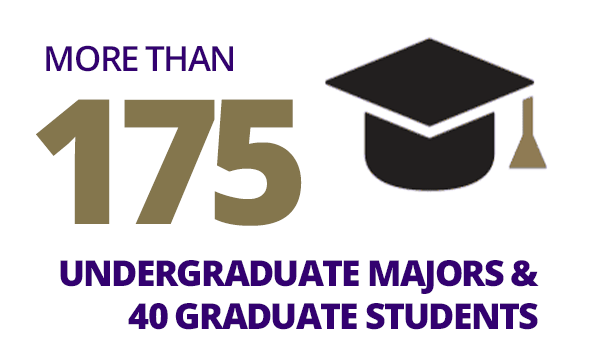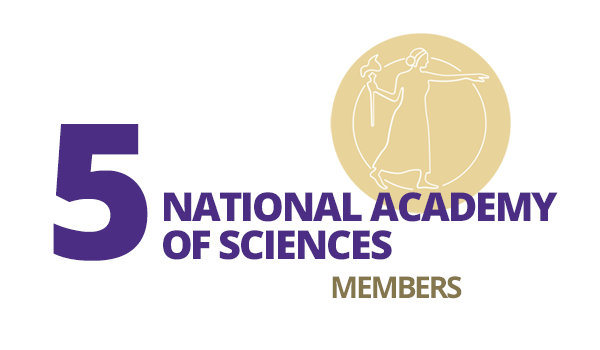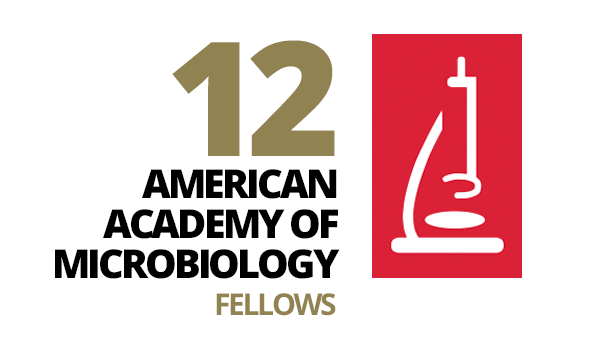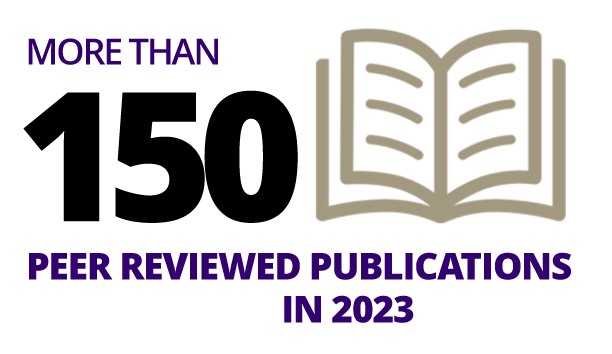Interspecies Interactions
The tiny obligate parasitic bacterium Southlakia epibionticum(yellow) cultured on its host bacterium, Actinomyces israelii (blue)
Image credit: Drs. Larry Gallagher and Joseph Mougous

During his 36-year career at Fred Hutch Cancer Center, Michael Emerman, PhD, an Affiliate Professor in the UW Department of Microbiology, made fundamental discoveries about HIV, the retrovirus that causes AIDS. Over his career, Michael trained 27 graduate students and 16 postdoctoral/medical fellows. He was the MCB graduate program co-director for 8 years, taught graduate virology to countless students since 2005, and organized Thursday morning virus group meeting, which has been active since 1992. Thank you Michael for all you've done for our community. Read more about Michael's legacy here.
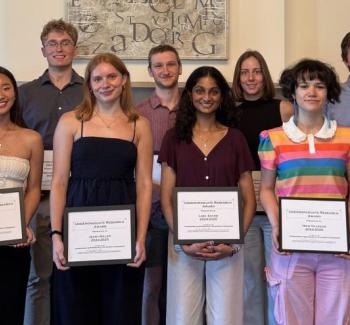
Congratulations to the 2025 Department of Microbiology undergraduate awardees!
Click this link to learn more about the awards and awardees.

Prof. Matt Parsek was named a 2024 American Association for the Advancement of Science (AAAS) Fellow. Election as a Fellow honors members whose efforts on behalf of the advancement of science or its applications in service to society have distinguished them among their peers and colleagues. Congratulations Dr. Parsek!
Dr. Parsek was also featured on The UW Medicine Huddle and the UW NEWS.

Assistant Professor Tristan Jordan has been awarded 5 years of funding through the prestigious NIH DP2 New Innovator Award. Congratulations Dr. Jordan!
